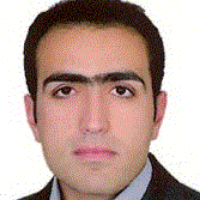Explain Optimism in students based on Daily Spiritual Experiences and Positive and Negative Affects
The purpose of this study was to investigate the relationship between daily spiritual experiences, positive and negative effects, and students' life orientation through path analysis. The statistical population consisted of undergraduate students of Mashhad University of Medical Sciences. A total of 205 students (94 girls and 111 boys) were selected by multi-stage cluster sampling and completed the Daily Spiritual Experiences Scale (DSES; Underwood & Teresi, 2002); Positive and Negative Affect Scale (PANAS; Watson et al., 1988), and life orientation Test (LOT; Scheier et al., 1994). Data were analyzed by path analysis. The results showed that God’s presence through positive and negative effects has an indirect and significant relationship with life orientation (p<0.01). The indirect relationship between a relationship with God and caring for others with life orientation mediated by negative effects was also significant (p<0.01). The path model also had a good fit. Daily spiritual experiences seem to be related to the students' life orientation through positive and negative effects.
-
The Effectiveness of Motivational Psychotherapy on Social-Emotional Competencies of Students with Type 1 Diabetes
Hossein Sahebdel, , Hossein Mehrabi
Health Technology Assessment in Action, Nov 2025 -
Conceptualization of Marital Capital
Mona Kargar, Seyed Ali Kimiaee *, , Khodabakhsh Ahmadi
Journal of Family Psychology, -
Determinants of Perceived Well-being in Friendship Relationships during Emerging Adulthood: Testing a Structural Model Based on Self-Determination Theory
*, , Seyed Amir Amin Yazdi
Iranian Journal of Educational Sociology, Oct 2024 -
The Mediating Role of Knowledge and Attitude in the Relationship Between Self-efficacy and Evidence-based Nursing Practice
Masoumeh Tajafari*, Nasrin Fanoodi,
Journal of Modern Medical Information Sciences,



